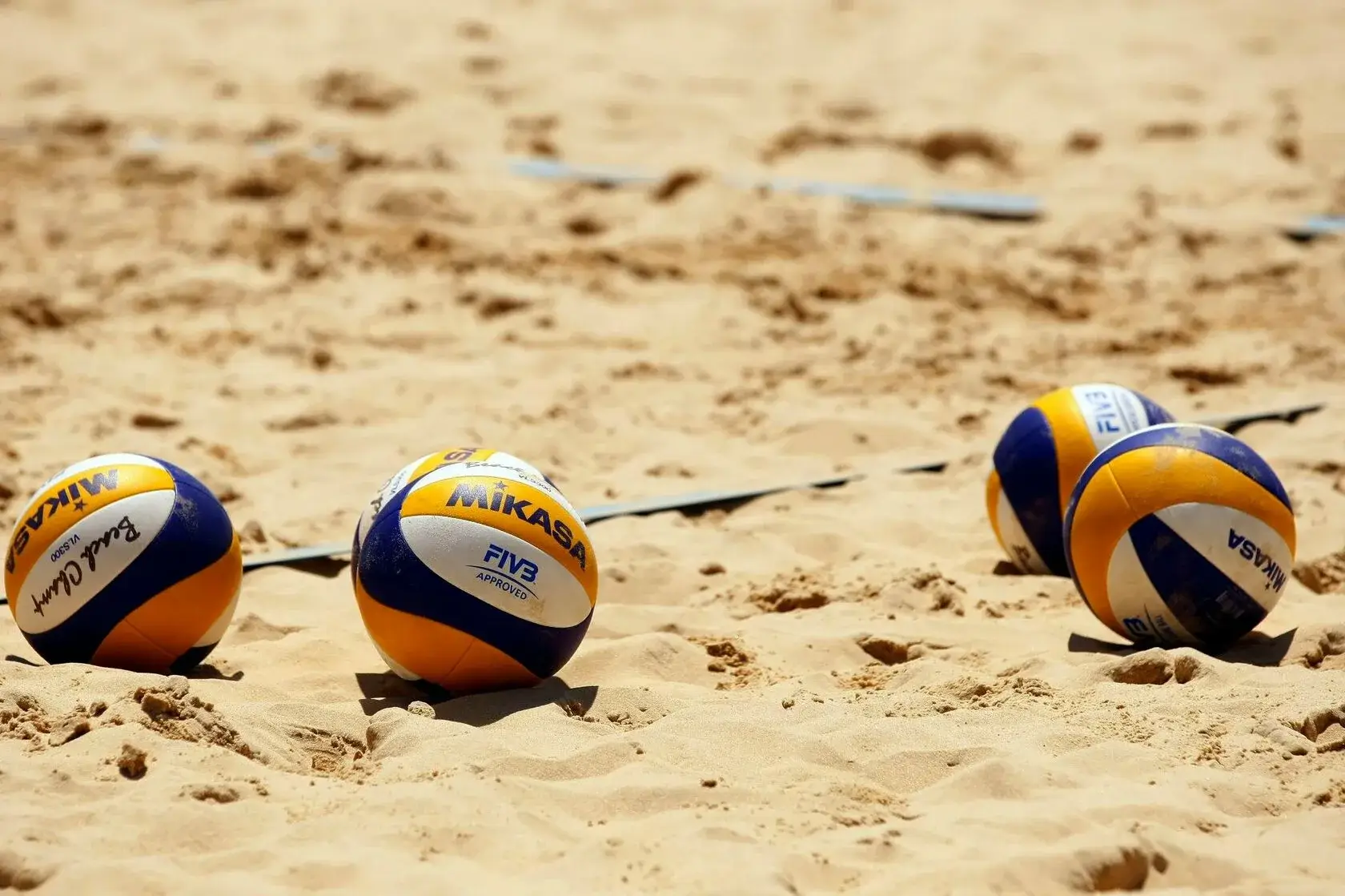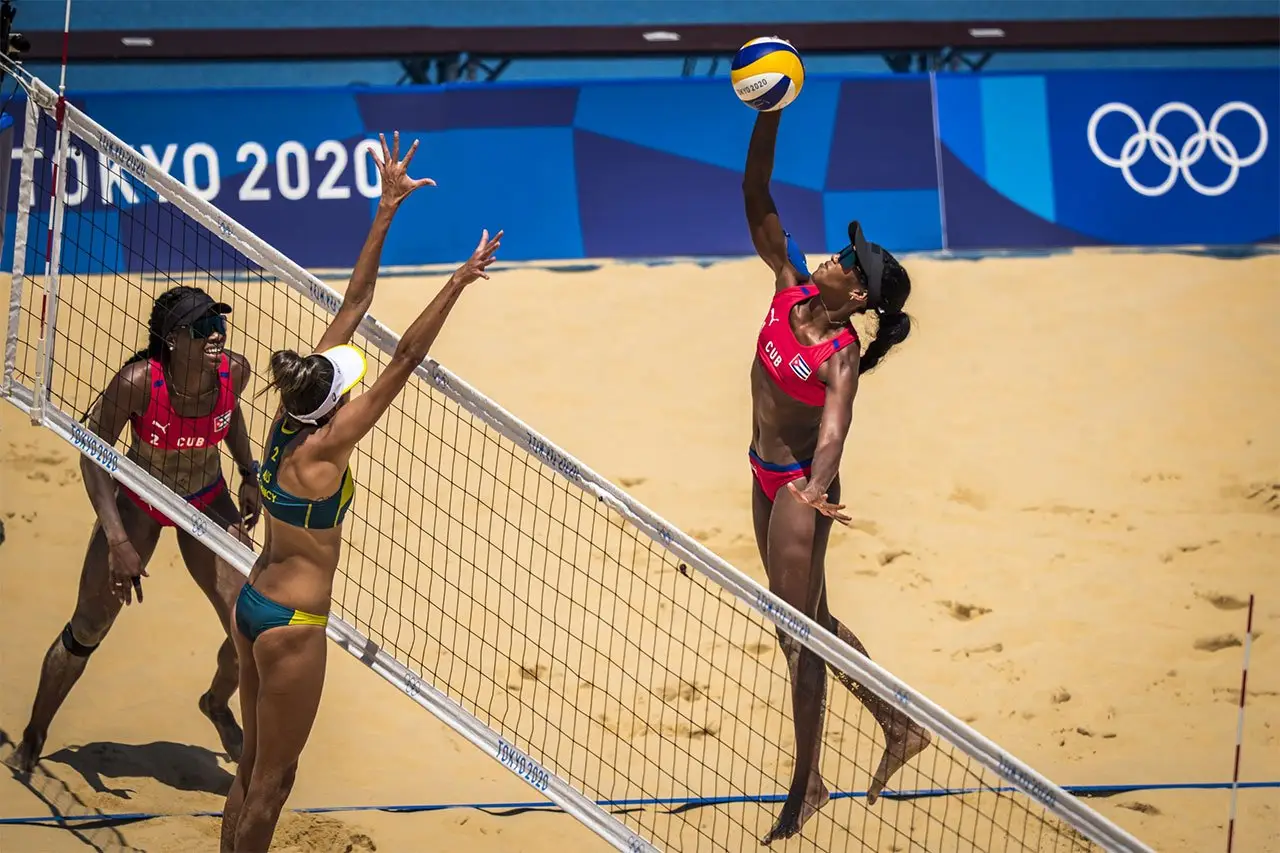The winner on the court is not the most agile, but the one who thinks faster. How to improve reaction in volleyball is a question that determines the outcomes of matches. The ball flies at speeds up to 130 km/h, and the decision time is only 0.25 seconds. Any delay leads to a miss. Regular warm-up is ineffective here. Only a system helps: the connection between the brain and muscles, pauses in movement, and training perception when changing direction.
Neural Signals and Impulses: an Approach That Changes the Game
Reaction speed in volleyball depends on the body’s ability to instantly process information and trigger muscle activation. Professional players use light signals, sharp sound commands, and tactile distracting elements in training. This method forms a stable “perception-movement” scheme.

Statistics show that after 6 weeks of working with such an approach, response time is reduced on average by 18%. Reaction training in volleyball becomes the foundation of game intelligence.
Exercises with Directed Stress
How to improve reaction in volleyball when every play is explosive? The answer lies in creating targeted pressure in the training process.
List of key exercises:
- Light Response — working with LED sensors. The player receives a signal of a random color and must instantly move to the required zone.
- Sound Start — sharp change of direction after a whistle signal. Increases readiness for a sudden change in situation.
- Delayed Throws — the coach throws the ball at a random moment, and the player reacts in motion without knowing the trajectory.
- Reactive Block — the partner simulates a serve, the task is to instantly jump to block from a non-standard position.
- Impulse Repeats — alternating running sprints and stops on signal. Develops neuromuscular coordination.
Each of these reaction development exercises in volleyball focuses on a specific game situation, taking perception and response to a new level.
Speed Is Not Innate
The indicator of “reaction speed in volleyball” is comparable to the pulse before a crucial serve — everything depends on it. There is no innate speed — it is formed by a complex of actions:
- regular training with elements of randomness;
- dynamic warm-up, including jump ropes, ladders, mini sprints;
- exercises with high intensity in short intervals;
- micro-dosed jump practice based on external signals;
- alternation of phases “anticipation – movement – fixation”.
How to become faster in volleyball? Not by speeding up movement, but by shortening the path between the signal and action.
Improving Reaction in Volleyball through Serving
A player who reads the serve before the ball is touched is not a magician but a practitioner. In such moments, the response depends on the ability to analyze the body language of the server. Shoulder lift, torso rotation, swing height — these micro-elements pre-indicate the trajectory.
Fixating the gaze on the elbow area is one of the professional techniques. Studies show that fixing 5 cm above the ball provides an additional 0.2 seconds for movement.
On the court, the winner is not the strongest, but the one who starts moving first.
Repetition and Reflex: The Game of the Brain
How to improve reaction in volleyball without overload? Use the technique of “impact repetition” — multiple simulations of one situation at a high pace. This approach forms automatism without reducing concentration.
The secret lies not in quantity but in focus. The optimal volume: 5–7 sets of 10 reactive episodes with breaks of no more than 20 seconds. Repetition enhances the signal in the neural system, forming strong connections.
Professional coaches integrate such cycles at the end of the session when attention weakens — this simulates real fatigue during the game.
Body and Mind Synchronization
Every movement starts in the head. The impulse from the visual cortex immediately reaches the motor cortex — and the body responds without delay. How to improve reaction in volleyball? Translate perception from chaos into an algorithm.
A player’s level directly depends on the ability to engage muscle memory in split seconds. Training with direction changes, work in limited space, and using non-standard exercises develop such a skill.
The “attention-action” link becomes a reflex when stimulating adaptation to game uncertainty.
Improving Reaction in Volleyball through Running, Jumping, and Acceleration
Speed in volleyball is not born on the running track. It is developed by alternating micro-movements, turns, sharp stops. These, not long stretches, activate fast-twitch muscle fibers (type IIb).
Optimal training elements:
- acceleration for 5 meters with a sharp stop;
- vertical jumps with different landing directions;
- agility running with designated touch points;
- exercises with resistance for explosive strength.
Variety of loads reduces the transition time between movement phases, directly affecting the development of reaction speed.
A Refined Approach Always Beats Emotions
The victor is not the one who shouts the loudest, but the one who reads the situation most accurately. How to improve reaction in volleyball? Get rid of the illusion of a universal answer. The only way is repetition with increased complexity and variability. A player who masters body and signals controls the game pace. Anticipating events becomes a pillar in blocking, serving back, maneuvering on a limited court.

Without a systematic approach, even talent dissolves in chaos. Systematic, regular, pinpoint correction — the three pillars of progress.
Conclusion
How to improve reaction in volleyball is not a philosophical but a practical question. The solution comes through cyclic work with attention, movement, and signal speed. From theory to victory, there is one path — training under game pressure. Every impulse matters. Every movement must be fast, precise, and timely. Only then does a player become the king of the court.
 en
en  de
de  ar
ar  es
es  hi
hi  fr
fr  nl
nl  it
it  pt
pt  el
el 










